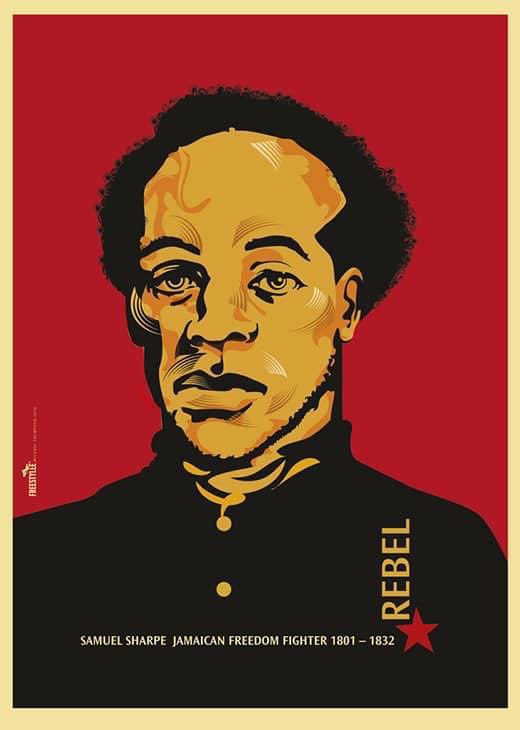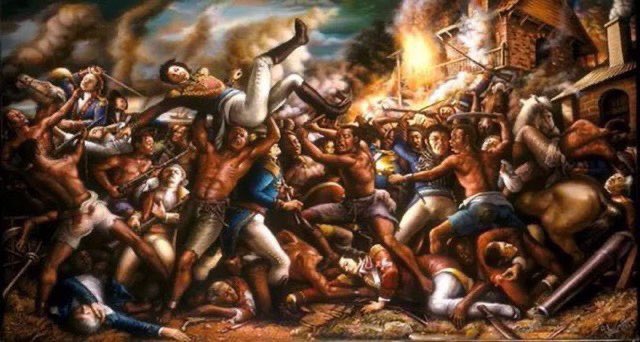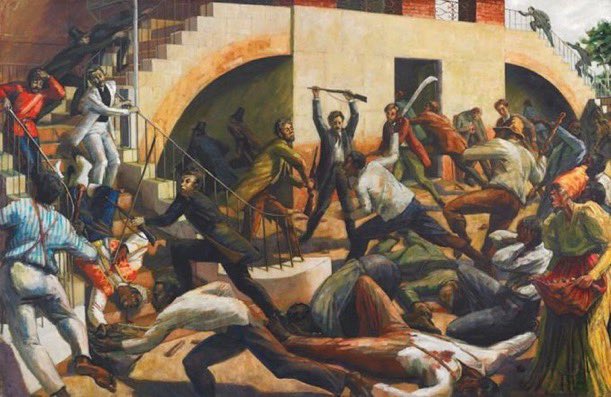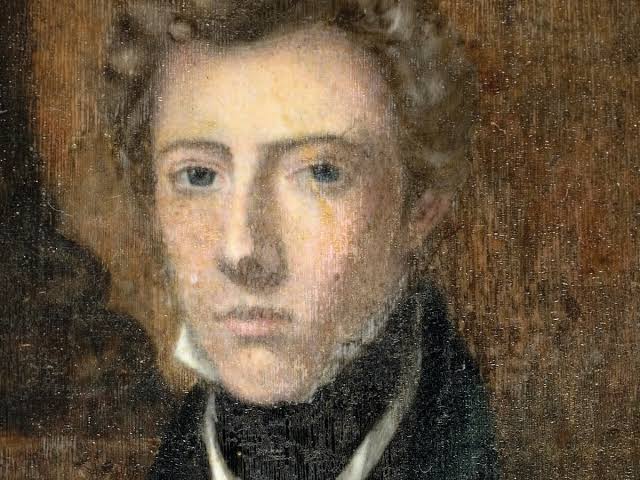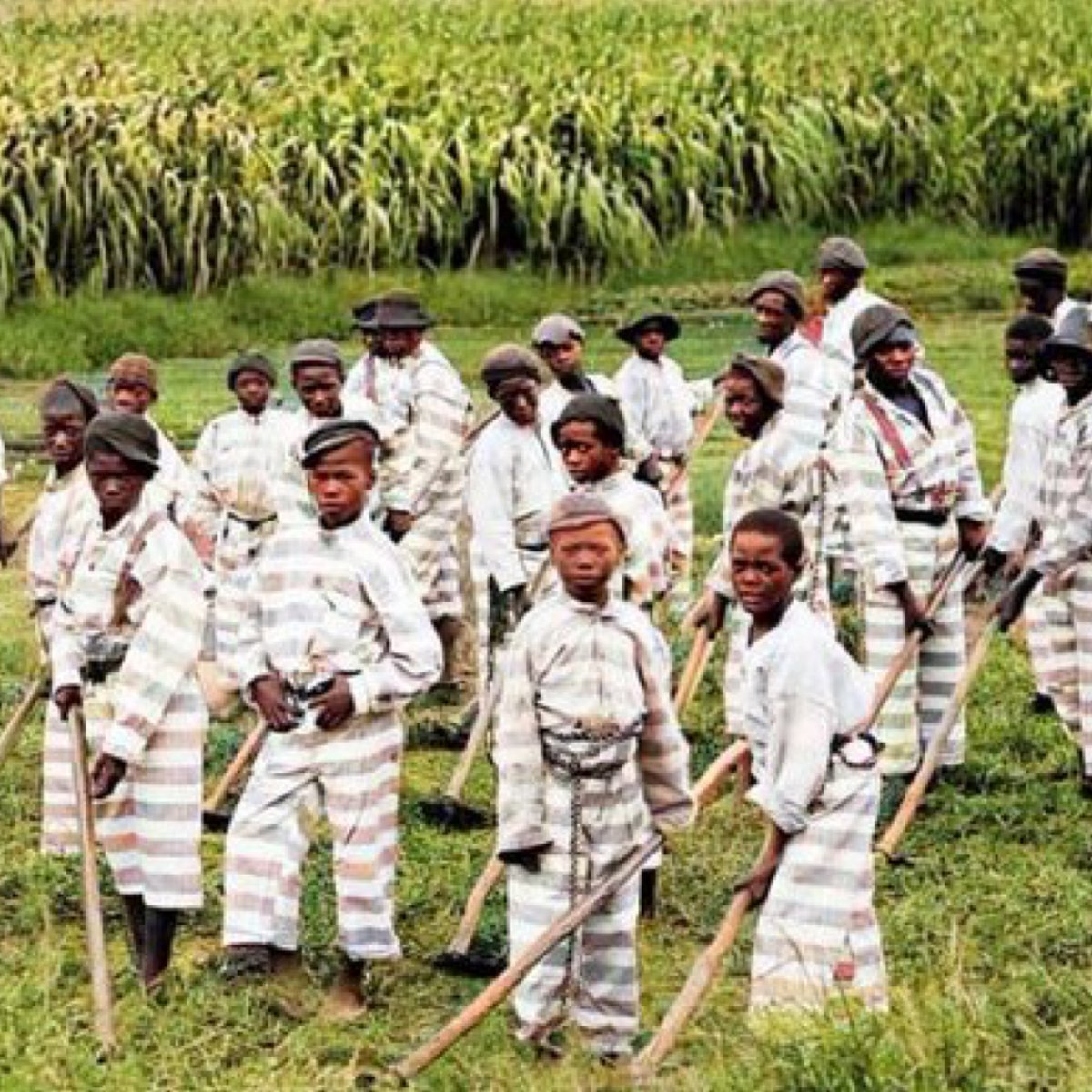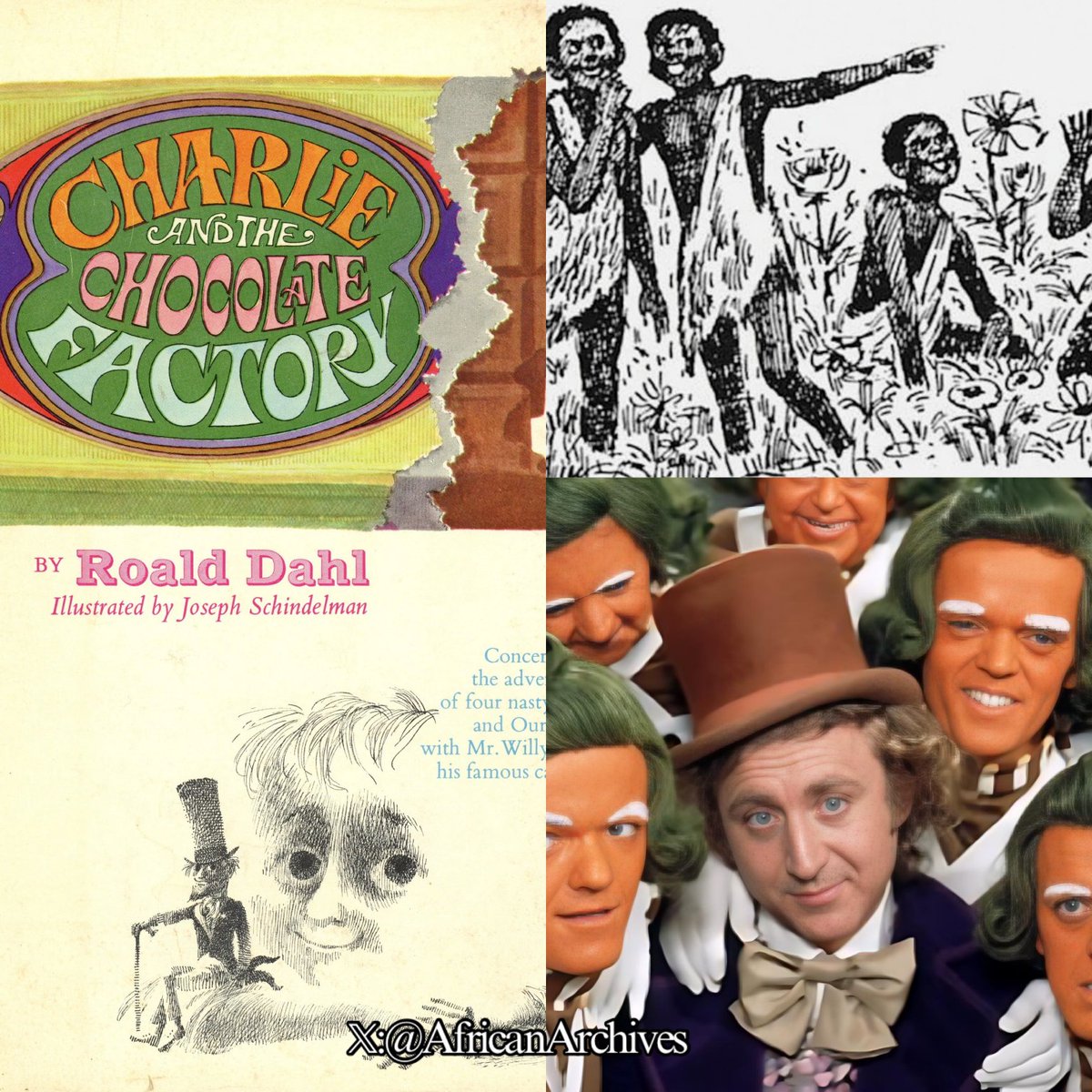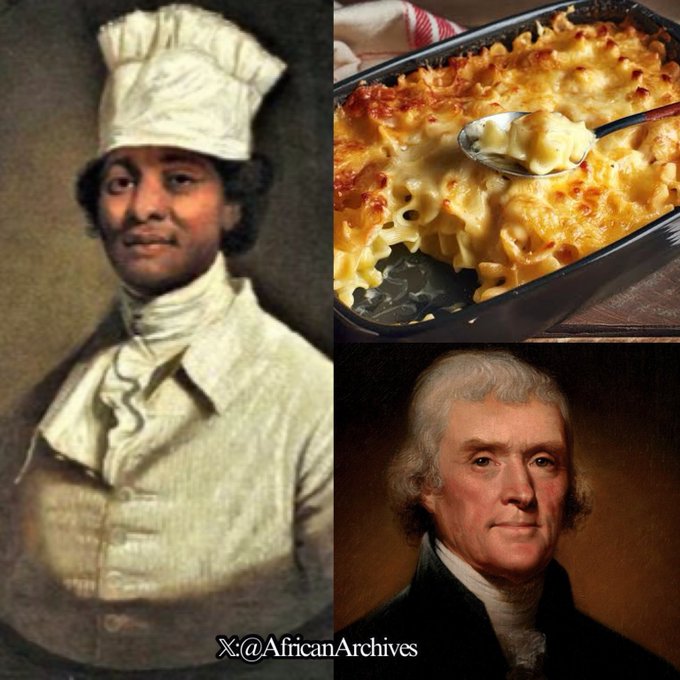On this day in 1916, Ota Benga, an African native who suffered inhumane treatment by being kept in a zoo, committed suicide.
He had been kidnapped in 1904 from Congo, and taken to America and exhibited at the Bronx Zoo with monkeys.
A THREAD!

He had been kidnapped in 1904 from Congo, and taken to America and exhibited at the Bronx Zoo with monkeys.
A THREAD!


He was born around 1883, part of the Mbuti tribe which lived in the Kasai Forest in what is now the Republic of Congo. Theirs was a hunter-gatherer society, and they lived deep in the forest.
When Ota became a man, his teeth were chipped into sharp points, part of his tribal customs. He married and had two children, supporting them with hunting. Like most of his tribe, Ota was small in stature, under five feet tall and just a little over one hundred pounds in weight.
Tooth sharpening is customary in various cultures. Historically it was done for spiritual and identification purposes.
(1st pic- Congo, 2nd-Cameroon, 3rd-Ethiopia)


(1st pic- Congo, 2nd-Cameroon, 3rd-Ethiopia)



Ota's world came crashing down when King Leopold II of Belgium (The butcher of Congo) established a colony in the Congo to exploit its valuable resources, and created an army there under his personal control, the Force Publique. (Picture taken while he was in france ) 

The demand for rubber was increasing around the world and Leopold wanted to corner the market. He subdued the native population to force them into laboring on the rubber plantations.The abuses were horrific, and millions of Congolese people died under Leopold's reign
In Belgium Congo, women were held hostage until their men returned with enough rubber for the colonizer King Leopold, The Butcher of Congo. Some had their hands chopped off for not meeting rubber quotas. 



Ota was out on a hunting expedition when his village was attacked by the slavers. Whether they were Force Publique or an African group working to collect people to sell to them varies from story to story. He was taken captive.
On the other side of the globe, a man named Samuel Verner was preparing exhibits for the 1904 World's Fair. The fair's organizers wanted to do an exhibit showing the progress of mankind “from the dark prime to the highest enlightenment, from savagery to civic organisation"
He was given a hefty budget to collect living "specimens" of people from Africa to represent the "savage depths" from which mankind had sprung. He set sail for Africa after securing the permission of King Leopold, who expressed interest in attending the fair himself. 



Verner later told contradictory stories of how he found Ota, but he purchased him from the slave traders, bragging that he had "secured a pygmy" for the fair's collection.
The experience of the young African men at the 'fair' aka Human Zoo, was not a pleasant one. Billed as cannibals, they shook spears at the crowd and grimaced with their filed teeth, modeling their "war dances" In between shows, they were poked and prodded by curious visitors. 

Verner traveled around, distributing the 'African wildlife specimens' he'd collected while searching for a home for Ota. He finally sent Ota to the American Museum of Natural History in New York City. In 1906, Verner found a new home for Ota: The Bronx Zoo. 

Ota was put as an "exhibit" A plaque was erected, describing him in the same way an animal would be described and put into a cage in the monkey house with a trained orangutan named Dohong. The Minneapolis Journal declared Ota to be the "missing link" between chimps and humans.
The cage was littered with bones to suggest that Ota was a cannibal. He was also "encouraged" to perform for the audience, waving his spear and grimacing to show off his pointed teeth or playing with his cage-mate, the orangutan. 

On the evening of March 19, 1916, Ota Benga stole a revolver gun and shot himself through the heart. 

You can support my history page/project here through donations/tips to keep up on ko-fi.com/africanarchives
• • •
Missing some Tweet in this thread? You can try to
force a refresh


